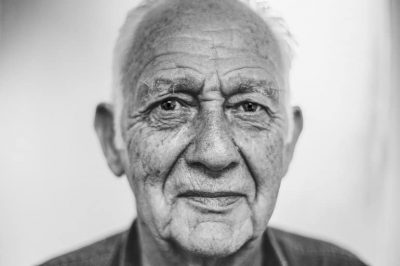"For Breakthroughs in Slowing Aging, Scientists Must Look Beyond Biology" - Neuroscience News. 02/23/2021
“Social hallmarks of aging” can be strongly predictive of age-related health outcomes – in many cases, even more so than biological factors, said Eileen Crimmins, co-director of the USC/UCLA Center on Biodemography and Population Health (CBPH). While the aging field commonly discusses the biological hallmarks of aging, we don’t tend to include the social and behavioral factors that lead to premature aging. Crimmins has called the main five factors below “the Social Hallmarks of aging” and poses that these should not be ignored in any sample of humans and the concepts should be incorporated where possible into non-human studies.
Crimmins examined data that was collected in 2016 from the Health and Retirement Study, a large, nationally representative study of Americans over the age of 56 that incorporates both surveys regarding social factors and biological measurements, including a blood sample for genetic analysis. For the study, she focused the five social hallmarks for poor health outcomes:
- low lifetime socioeconomic status, including lower levels of education
- adversity in childhood and adulthood, including trauma and other hardships
- being a member of a minority group
- adverse health behaviors, including smoking, obesity and problem drinking
- adverse psychological states, such as depression, negative psychological outlook and chronic stress
Related Resources
To better understand aging, look at both biological and social factors

